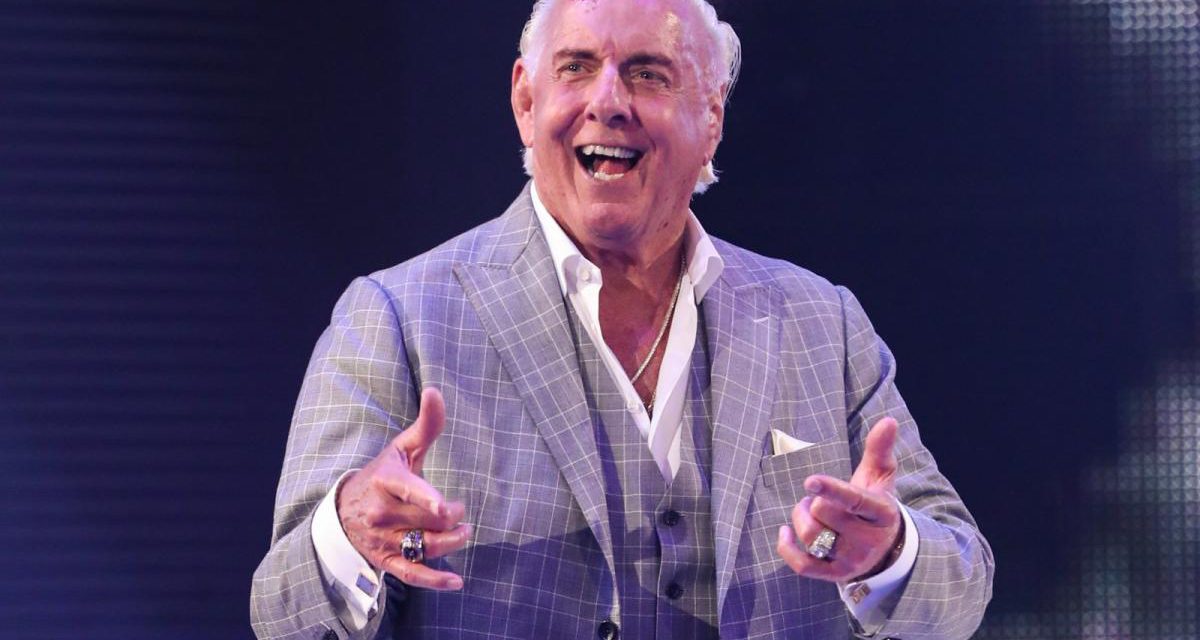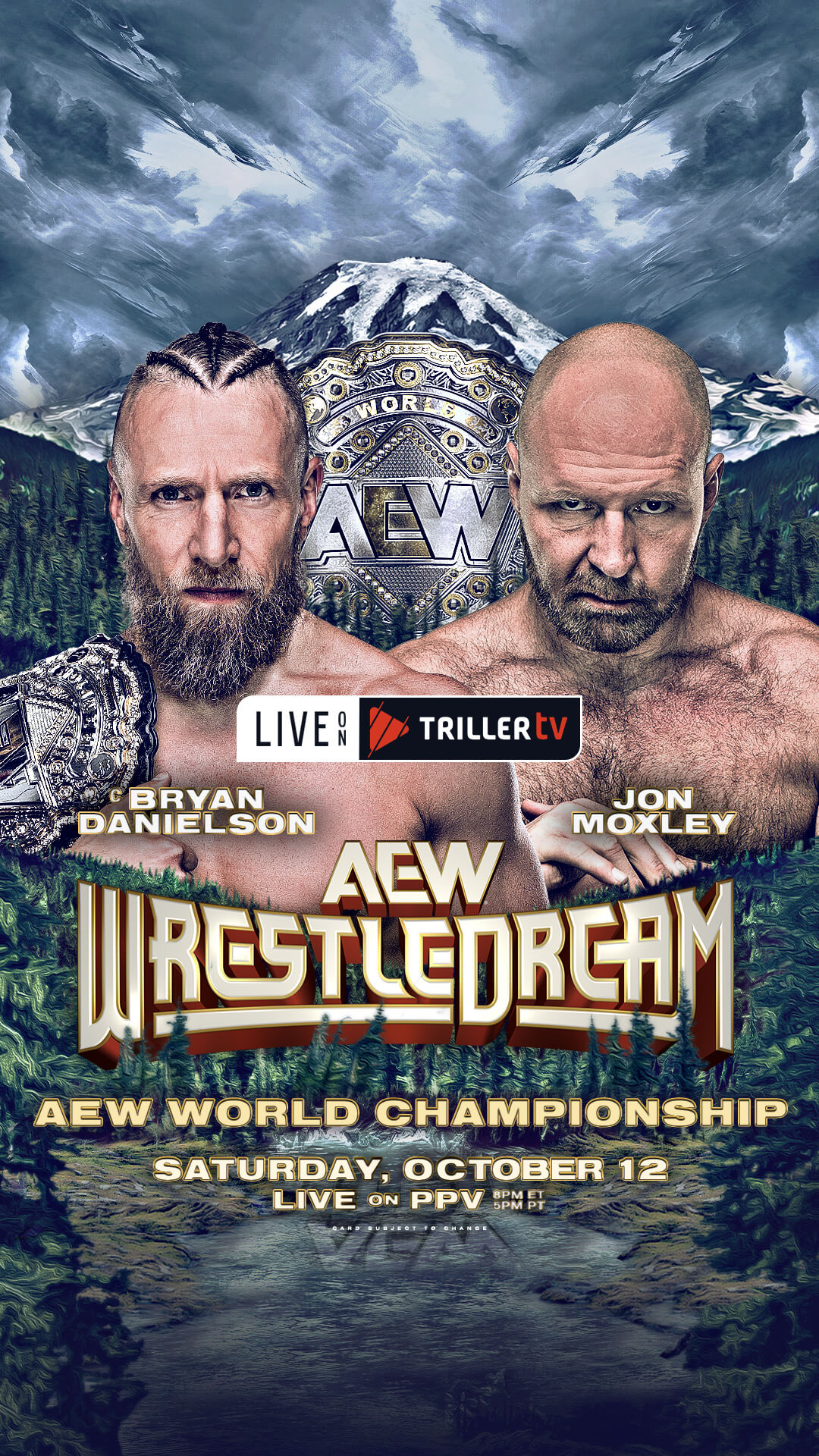TORONTO — He may not be able to go 60 minutes like he used to during his prime in the ’80s as NWA World Champion, but Ric Flair can still captivate and draw a crowd.
In town last Thursday to promote WrestleMania X8 and the three-day WWF Fan Axxess festivities that precede it, Flair fielded a variety of questions from reporters during a press conference held at the SkyDome. The foremost question on everybody’s mind was what does Flair, a wrestling veteran of 29 years, see as the biggest change in the industry since he first started?
“Marketing. It’s the biggest change and the fact that we’re on prime time, rather than the afternoons which we were for years,” Flair told SLAM! Wrestling. “Being on prime time the past five years… taking the guys like The Rock, he’s a huge crossover star. He’s as big a star today as anybody with the exception of {Michael} Jordan or Tiger Woods. Austin’s the same way. You take Undertaker, Jericho and Angle, Helmsley and those guys that have been the nucleus of the company the last couple of years and they’re just huge stars.”
The other big change, according to Flair, is television.
“The difference now is, of course, television. You can’t have a 30-minute match when you have to produce five matches in an hour. I think these guys right now have taken it to a new level because that’s part of the adjustment. You’ve got 15, 10 minutes to have a great match and these guys have great matches night in and night out… They’re great matches. Some of them are as good as I’ve ever seen. They’re shorter but that doesn’t make them any less quality. That’s just the parameter of the business now.”
There will never be another Ric Flair. Obviously. But asked who he thought on the WWF’s roster reminded him the most of himself during his prime, Flair did no hesitate in answering.
“Of all our guys, the guy that has a style most like mine would be Helmsley. Shawn Michaels did. I could tell that he grew up watching me and I’m a big fan of Shawn Michaels, as I am of Helmsley… {The WWF has} five or six guys that are already performing at a really high level right now. In my mind, I look at the total package and some of them have surpassed me.”
What about you, Ric? Who did you pattern your in-ring style on?
“I was influenced by Dick Murdoch. Ray Stevens a lot. Ray Stevens. And Harley Race and Nick Bockwinkel. I liked to watch Nick. I knew that I was never going to be the most muscular guy. I knew I was never going to be the biggest guy, so I knew I had to find some colour and be able to execute the moves. Everything is in the way you carry yourself. I was fortunate enough to be in a lot of right places and the right time.”
Since returning to the WWF, Flair has won critical praise from fans and critics alike for his in-ring promos and interviews that bring up his past and history. Flair insists that his interviews are laden with a lot of his own personal feelings about being back involved in the wrestling business.
“That’s what makes it nice is that it’s a very genuine feeling. I feel fortunate. I didn’t know that I ever even wanted to be involved again because I left on such a low with myself personally. To come back and to be working with a company that carries itself with such high esteem… it’s a great honour. And what people are seeing from me are real, live emotions.”
Inevitably, the focus of the press scrum turned to the impending arrival of Hulk Hogan, Kevin Nash and Scott Hall. While most fans are dreading the return of the NWO – feeling that it is a major mistake to bring them back because of their reputations for causing mayhem backstage – the WWF has publicly remained steadfast in its feelings that the move will pay off.
What’s Flair’s view?
“I think they’ll have a huge impact. I think that anything Vince McMahon puts together is going to be successful.”
WWF fans have grown accustomed to high-quality, athletic main event matches. Hogan, Nash and Hall are long past their prime and are aging stars in a young man’s business. The sentiment amongst most fans is that they won’t be able to keep up.
“Only time will tell. I can’t make a predicition on that,” offered Flair when pressed for his opinion. “I know that if I had to get ready next week to wrestle the top guys I’d have to leave right now and head for the gym. If you haven’t been doing it for a while… We’ve all wrestled at that speed and pace before but it’s not something you can walk away from for a year at a time and jump right back in.”
Looking back at the final days of WCW, Flair admitted that he was glad the company was put out of business.
“It was a very emotional time for me. I’ve said this before and I’m going to hurt some people’s feelings with this. I feel very badly for the people who worked behind the scenes that lost their jobs. There were roughly a hundred people who worked behind the scenes that had been with the company for a number of years that lost their jobs and did not have a real good compensation package. For those people I felt very, very sorry. But I was glad to see the doors close. I was glad to see the WWF buy it because it was being run so poorly it was almost an embarrassment.
He was proud of the fact that he was able to wrestle against his old nemesis Sting on the final edition of Nitro.
“Anytime you can end something on a high note, and clearly if there was ever a high note with me in WCW, it was wrestling Sting.”
Asked about his thoughts on Eric Bischoff, Flair politely replied, “He just didn’t know the business as well as he thought he did.”
RELATED LINK


